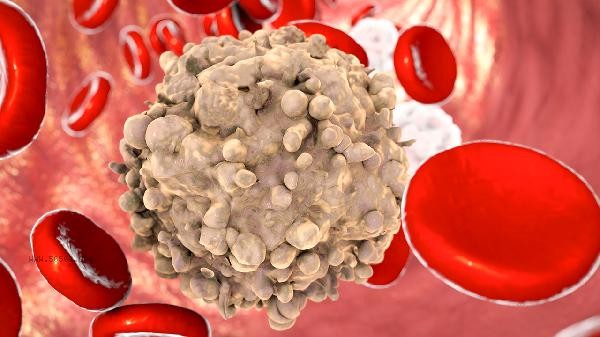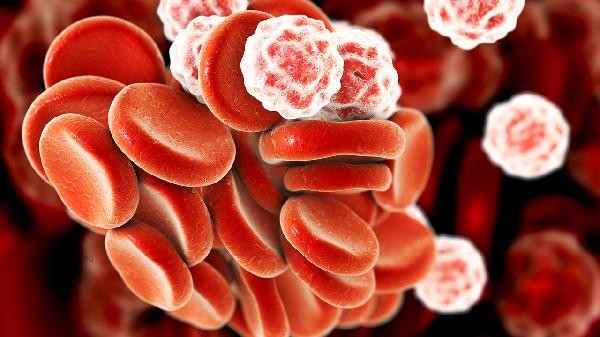White blood cell count of 19.95 × 10 ⁹/L, normal range of 3.5-9.5 × 10 ⁹/L, may indicate bacterial infection, inflammatory response, hematological disorders, stress response, or drug factors. It is necessary to make a comprehensive judgment based on clinical symptoms and other examinations.

1. Bacterial infection:
Acute bacterial infection is the most common cause of elevated white blood cells, such as pneumonia, urinary tract infections, or purulent tonsillitis. The proportion of neutrophils usually increases synchronously, which may be accompanied by symptoms such as fever, local redness, swelling, and pain. It is necessary to identify the source of infection through blood culture, C-reactive protein and other tests, and use antibiotics for targeted treatment.
2. Inflammatory response:
Non infectious inflammations such as rheumatoid arthritis and acute attacks of gout can stimulate the release of white blood cells from the bone marrow. At this time, it is often accompanied by rapid increase in erythrocyte sedimentation rate and positive results of specific antibodies. The primary disease needs to be controlled, such as using nonsteroidal anti-inflammatory drugs to alleviate symptoms, and in severe cases, immunosuppressant intervention is required.
3. Hematological disorders:

Leukemia, bone marrow proliferative tumors, etc. can lead to abnormal proliferation of white blood cells, often accompanied by anemia and platelet abnormalities. The presence of immature cells or abnormalities in bone marrow biopsy on peripheral blood smears has diagnostic significance. Chronic myeloid leukemia patients may experience splenomegaly, which needs to be diagnosed through chromosome testing for BCR-ABL fusion gene. 4. Stress response: After severe trauma, surgery, or intense exercise, the body's stress response can cause a transient increase in white blood cells. Normally, it returns to normal within 24-48 hours without any other pathological manifestations. physiological leukocytosis in the middle and late stages of pregnancy also belongs to this category and does not require special treatment.
5. Drug factors:
Corticosteroids, adrenaline, and other drugs may stimulate the release of white blood cells. If long-term use of immunosuppressants results in elevated white blood cells, be alert to opportunistic infections. After stopping the medication, the blood count can recover on its own, and the medication plan may need to be adjusted if necessary. When a significant increase in white blood cells is found, peripheral blood smear, inflammatory markers, bone marrow puncture, and other examinations should be completed. Daily monitoring of body temperature changes is necessary to avoid excessive exercise that exacerbates consumption. It is advisable to choose high protein and high vitamin foods such as fish and dark vegetables for diet, and avoid raw and cold stimulation. If the fever persists for more than 3 days or symptoms such as skin bruising and bone pain appear, it is necessary to immediately seek medical attention from a hematology department to rule out malignant diseases. Children patients should pay special attention to the early control of infectious diseases, and the elderly should be alert to potential tumor risks.









Comments (0)
Leave a Comment
No comments yet
Be the first to share your thoughts!